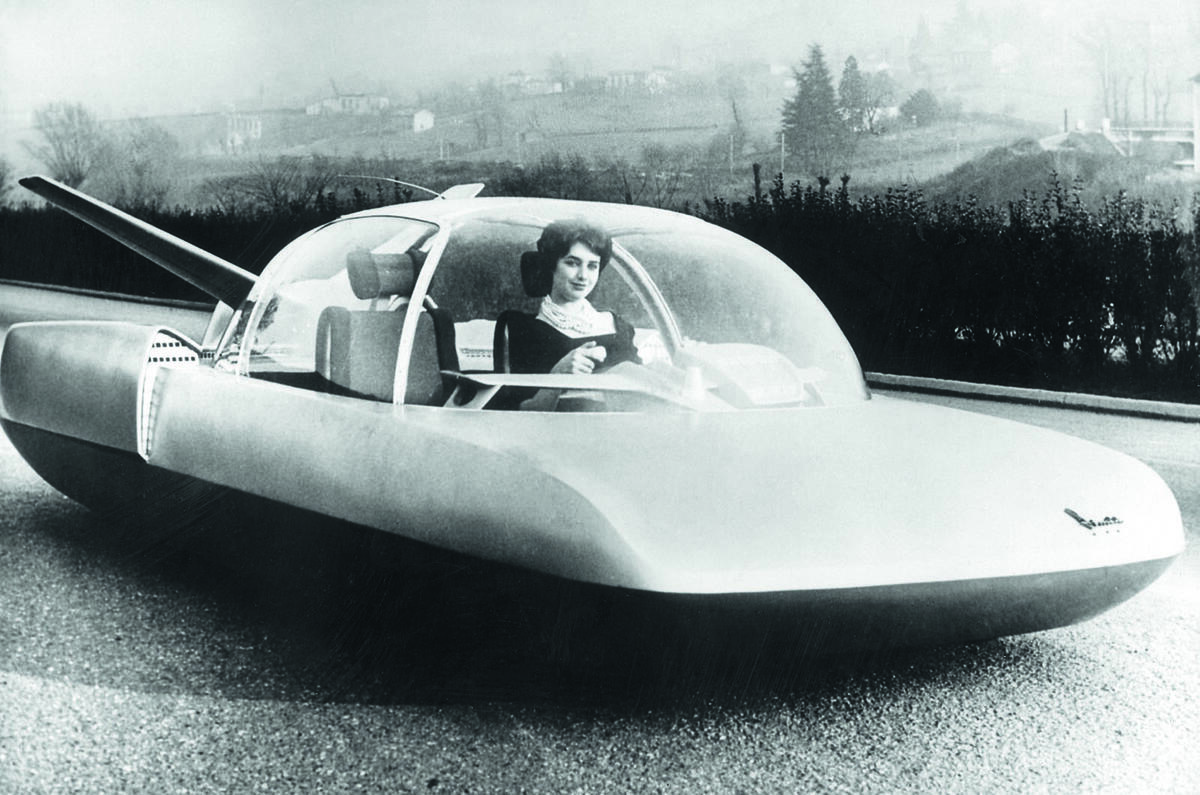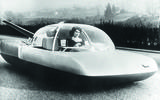Recent times haven’t been kind to those who make predictions for a living.
It’s not unreasonable to suggest that one or two things haven’t quite gone the way most of them would have expected of late.
It wasn’t always thus. The other day editor Matt Burt dug a piece out of the Autocar archives. In 1959 Autocar’s then editor, Maurice A Smith DFC, took an educated guess at the kinds of technology cars would employ “sooner or later”. And he was rather more successful at it.
As well as being Autocar’s editor, Smith simultaneously edited a sister magazine, Flight, which he rejoined on leaving the RAF, in which he’d risen to the rank of wing commander in World War 2 – hence the Distinguished Flying Cross.
With his sound automotive and aeronautical engineering knowledge, and with an optimism typical of the time, Smith foresaw autonomous driving, when “more control may one day be introduced on motorways”, and “electronic and radar aids to give collision warning and automatic control of a car in danger”.
He knew anti-lock brakes and better tyres were on the cards, and that level-ride suspension and dual, linked hydraulic brakes should be too. He believed interiors should have an absence of sharp edges and a steering wheel that scoots out of the way in an accident – like Audi’s procon-ten system did from the mid- 1980s, until airbags replaced the idea.
Smith’s predictions show not only how prescient he was but also how slowly things move in the motor industry. He still didn’t have “effective demisting of front and rear windows”, but the radar tracks or beams in the road he talked about weren’t fabrications of his mind; they were, in fact, “methods of electronic control [that] are possibilities today”. We just forgot to develop them until we discovered the need to watch videos of cats falling off things while we’re driving.
For control systems that would have allowed hands-free YouTubing even then, Smith admired Simca’s Fulgur ‘dream car’ concept from the 1959 Geneva show. It was atomically powered, about which Smith declined to offer a view, but you’d understand if he had reservations about driving a radioactive powerplant around, and given that most cars today are still powered by the same juice they were in 1959, there’s no reason to think he’d have predicted anything else. Climate change was an unknown and besides, electric vehicles would then have been far less convenient to refuel. Er, as they are now…













Join the debate
Add your comment
There can be no doubt...
Just tell me cars are going to get smaller
Nah